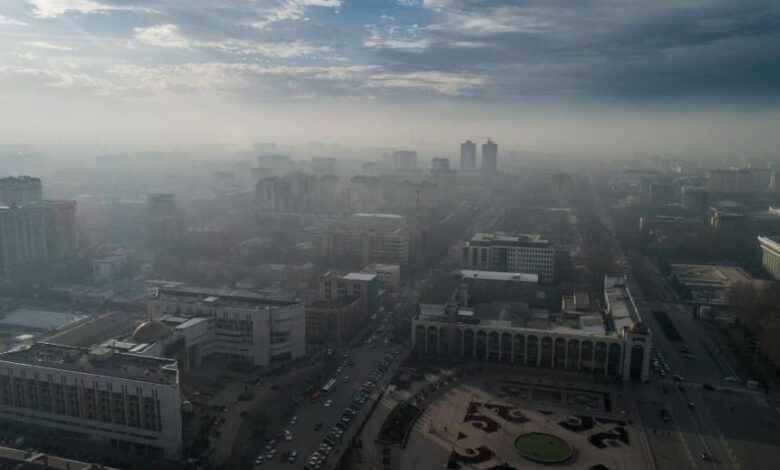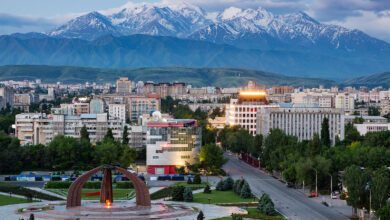
According to the report prepared by the Finnish Meteorology Institute for the United Nations Development Program (UNDP) and the United Nations Environment Program (UNEP), the main cause of air pollution in the capital of Kyrgyzstan is coal with high sulfur content, which is used for heating houses during winter time.
In the prepared report, it was stated that the number of households heated with coal in Kyrgyzstan is around 70%, and as a result, particles smaller than PM 2.5 (Particulate matter) micron which are dangerous to human health, are mixed into the air. It was stated that the gas particles that mix with the air from the city’s central heating facility were distributed to places far from the city through high-length chimneys and therefore the share of the facility in the current air pollution was less than 1%.
The micron-level particles can cause many serious cardiovascular and respiratory diseases, including respiratory cancer, by penetrating the lungs or mixing with the circulatory system.
The result of the researches on air pollution, it is estimated that the number of particles in the air due to the coal-based heating method may increase by 60% in 2040 unless effective measures are taken in Bishkek.
On the other hand, environmental Researchers notified that the air pollution problem can be solved through application of the heat pump systems in the private sector, the development of renewable energy sources and energy efficiency.
Kyrgyzstan’s capital is among the top 5 cities in the world in terms of air pollution.



